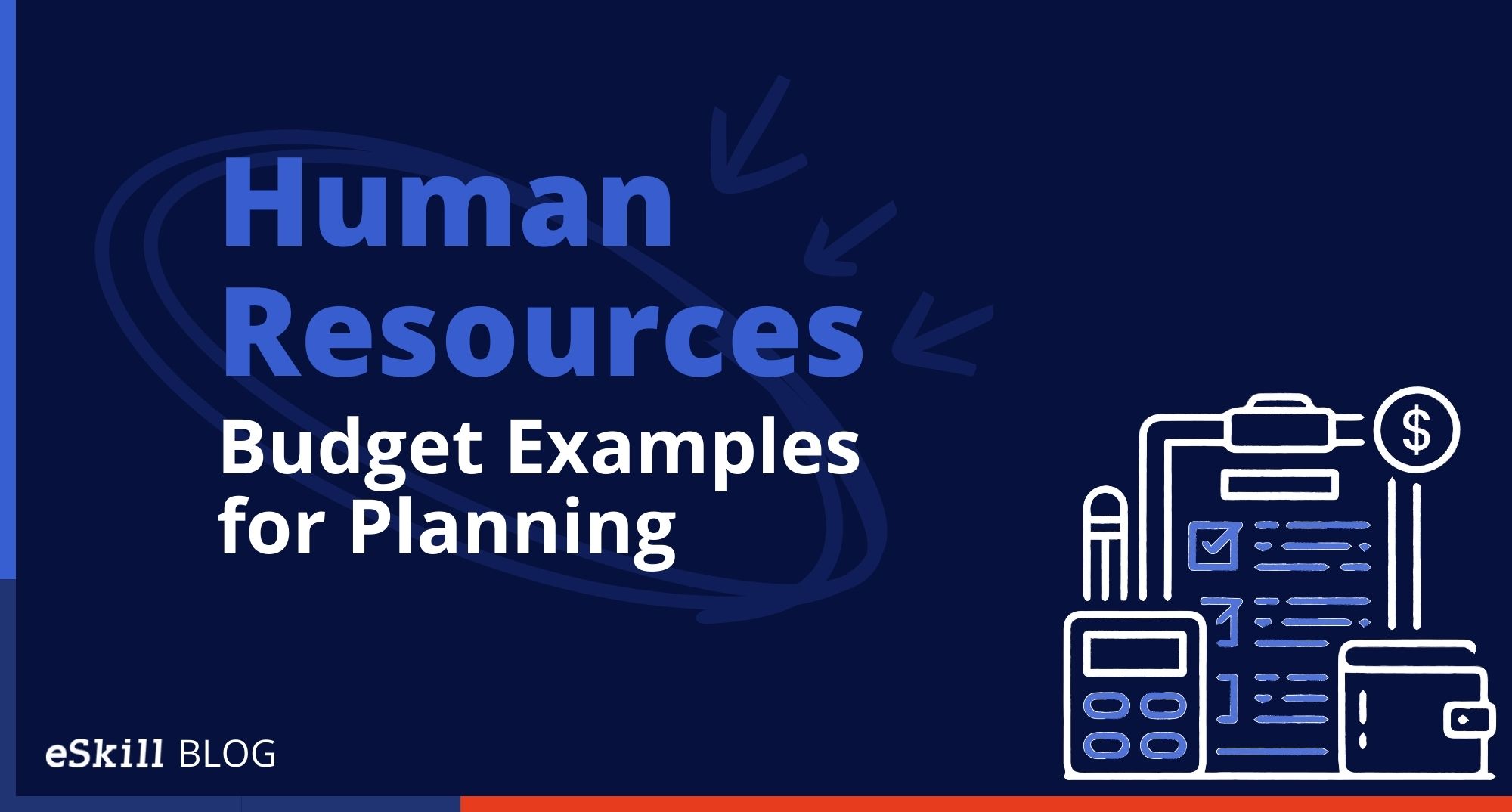Dismissing an employee is rarely a straightforward or easy task. Ending someone’s employment means disrupting their livelihood, something that most people don’t take too lightly. However, there are times when the work is just not getting done, or the employer-employee relationship breaks down to such an extent that it is impossible for employees to continue.
If employment must be terminated, a settlement agreement may be a good way to add structure and certainty to the process. It can also dissuade the employee from potentially seeking legal recourse. A settlement can be less costly and distracting than dealing with a lawsuit, plus it keeps the matter private between the company and the employee, which helps maintain both parties’ reputations.
Before considering whether a settlement agreement is a right way to handle a termination, let’s cover the basics. A settlement agreement is a contract between a company and an employee that outlines the terms of the employee’s dismissal. It also provides protection to both the employee and the company by ensuring that both parties part ways more amicably and with a mutual understanding.
The terms of a settlement can vary, depending on what the company is willing and able to provide and the strength of the employee’s case where he or she to bring the case to court. Not all dismissals are straightforward. If an employee’s case is strong, the company’s legal team should be involved to determine the best course of action.
In addition to the employee’s remaining regular pay, a settlement agreement can also include:
- Severance pay. Depending on the employee’s length of employment, the company may offer to pay a predetermined number of pay periods past his or her termination. This can range from one month to a year or more.
- Continuation of benefits. Along with salary, benefits like medical, dental, and/or life insurance can be continued. A settlement agreement may include extending these benefits for a specific period of time as well.
- Leave reimbursement. If the employee has any unused vacation or sick days, the company should reimburse him or her for those days.
- Payment in lieu of notice. If the employee is being dismissed effective immediately, but his or her contract or employment law states that he or she must be given prior notice, payment may be offered to make up for the lack of notice.
- Employment assistance. A settlement agreement may also include assistance in searching for a new job, including a favorable reference letter and access to employment services, if available.
- Moving costs. This is applicable if the employee had to move in order to take his or her position with the company. If, after termination, the employee wishes to move back, the company may offer to reimburse him or her for relocation expenses.
- Other benefits. In some cases, a company may choose to extend stock options and retirement or 401K benefits for the employee beyond his or her term of employment.
A settlement agreement may be needed in a situation in which the company wishes to avoid a long, drawn-out process before terminating an employee. Depending on the circumstances, the employer may decide to offer an agreement in order to speed up the process. Another reason to use a settlement agreement is if it seems that the trust and confidence between the company and the employee have deteriorated to the point where immediate and decisive action must be taken. Whatever the situation, it’s in everyone’s best interest that termination occurs on mutually-agreeable terms.
Remember that while a settlement agreement helps ease the employee’s transition out of his or her employment, it also serves to protect the company. To accept the benefits and terms outlined in the agreement, the employee should also agree to certain conditions, which may include the following.
- The employee agrees to release any and all claims, present and future, against the company, its management, or other employees, in relation to his or her termination.
- The employee agrees not to make disparaging or slanderous remarks about the company or its employees.
- The employee agrees to abide by a confidentiality agreement and not disclose any of the company’s private or sensitive information about its operations.
- The employee agrees not to solicit any of the company’s employees, vendors, or customers for a specified period of time.
Settlement agreements are meant to protect both the company and the employee’s best interests. Avoiding the least desirable outcomes from a termination should always be HR’s goal, and this begins even before the settlement agreement is drafted. It’s important to develop and follow guidelines for the hiring and dismissal of all employees, according to employment laws and company policy. The more informed the HR staff, managers, and all employees are about dismissal procedures, the easier and better the process will be.

Get ademo.






